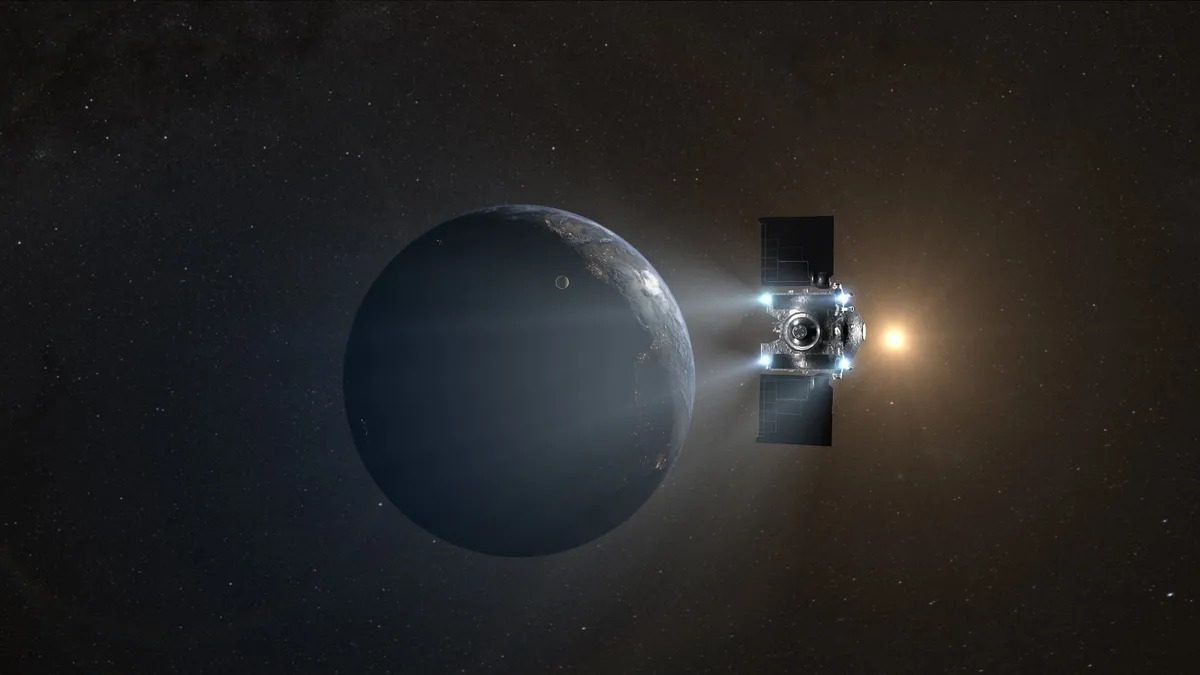The OSIRIS-APEX spacecraft, formerly known as ORISIS-REx, has passed the first perihelion of its new orbit. This is an important test, on the success of which the future fate of its expanded mission depends.

OSIRIS-REx was launched in 2016 with the aim of exploring the asteroid Bennu and delivering a sample of its substance to Earth. The spacecraft successfully coped with all these tasks. After dropping the capsule with the soil of Bennu, it had about a quarter of its original fuel supply left. At the same time, all scientific instruments of the spacecraft remain fully operational.
Therefore, NASA decided to extend the mission of the spacecraft. It has received a new name OSIRIS-APEX, and a new target — the asteroid Apophis, which will make a very close flyby of the Earth in the spring of 2029. The vehicle will get closer to the small body and study how the encounter with our planet will affect it.
But to get to Apophis, OSIRIS-APEX will need to perform a series of important maneuvers. The first of them took place on January 2, when the probe passed the perihelion of its new orbit. At that moment, it was at a distance of 75 million kilometers from it. This is 40 million kilometers closer to the sun than the original flight plan provided. Therefore, the spacecraft was exposed to much higher temperatures than its designers had expected.
Fortunately, engineers have come up with a plan to save the internal filling of OSIRIS-APEX from overheating. During the perihelion passage, one of its solar panels was turned in such a way as to shade the most sensitive components. Thermal models have shown that such a configuration will ensure the safety of the spacecraft.
However, this is in theory. Whether the plan worked or not will finally become clear after OSIRIS-APEX moves away from the Sun at a sufficiently large distance and engineers turn on its instruments to check them. This will happen in March 2024.
If everything goes well, OSIRIS-APEX will have five more similar approaches to the Sun and three gravitational maneuvers in the vicinity of the Earth. They will give the spacecraft a chance to catch up with Apophis in April 2029.
According to https://blogs.nasa.gov
Follow us on Twitter to get the most interesting space news in time
https://twitter.com/ust_magazine


